How To Tie Camera Strap ?
To tie a camera strap, first, locate the strap lugs on your camera body. These are usually located on either side of the camera body. Then, take the strap and thread it through one of the lugs, making sure that the strap is facing the right way up. Next, thread the strap through the buckle on the end of the strap, and adjust the length of the strap to your desired length. Finally, thread the strap through the other lug on the camera body, making sure that the strap is not twisted, and adjust the length of the strap again if necessary. Your camera strap should now be securely attached to your camera body.
1、 Basic camera strap knot tying techniques
How to tie camera strap:
Tying a camera strap is a simple process that can be done in a few easy steps. The most common way to tie a camera strap is to use a basic knot tying technique. Here are the steps to follow:
1. Take the camera strap and fold it in half.
2. Thread the folded end of the strap through the camera's strap lugs.
3. Take the two loose ends of the strap and tie them together using a basic knot.
4. Adjust the length of the strap to your desired length.
5. Attach the strap to the camera and you're ready to go.
It's important to note that there are different types of camera straps available, and some may require different knot tying techniques. For example, some straps may have a quick-release mechanism that allows you to easily detach the camera from the strap. In this case, you may need to use a different knot tying technique.
Additionally, some photographers prefer to use alternative methods for attaching their camera straps, such as using carabiners or other types of clips. These methods can provide added security and convenience, but may require different knot tying techniques.
Overall, tying a camera strap is a simple process that can be done in a few easy steps. By following these basic knot tying techniques, you can ensure that your camera is securely attached to your strap and ready for your next photo shoot.
2、 Different types of camera straps and their knots
How to tie camera strap:
Tying a camera strap is a simple process that can be done in a few easy steps. First, attach the strap to the camera using the provided clips or loops. Then, adjust the length of the strap to your desired length and tie a knot in the strap to secure it in place. The knot can be a simple overhand knot or a more secure knot like a bowline or double fisherman's knot.
Different types of camera straps and their knots:
There are several types of camera straps available in the market, each with its own unique features and knots. The most common types of camera straps are neck straps, wrist straps, and shoulder straps.
Neck straps are the most popular type of camera strap and are designed to be worn around the neck. They usually come with a simple knot or clip that attaches to the camera.
Wrist straps are designed to be worn around the wrist and are ideal for photographers who want to keep their camera close at hand. They usually come with a simple knot or clip that attaches to the camera.
Shoulder straps are designed to be worn over the shoulder and are ideal for photographers who want to distribute the weight of their camera evenly. They usually come with a more secure knot like a bowline or double fisherman's knot.
In recent years, there has been a growing trend towards using camera straps made from sustainable and eco-friendly materials like recycled plastic and organic cotton. These straps often come with unique knots and designs that reflect their eco-friendly origins.
3、 Tips for securing your camera strap while shooting
How to tie camera strap:
1. Attach the camera strap to the camera: Most camera straps come with small metal rings that attach to the camera's lugs. Simply slide the rings onto the lugs and tighten them securely.
2. Adjust the length of the strap: Adjust the length of the strap so that the camera hangs comfortably at your side. Make sure the strap is not too long or too short.
3. Tie a knot: Once you have adjusted the length of the strap, tie a knot in the strap to prevent it from slipping off your shoulder. You can use a simple knot or a more complex knot, depending on your preference.
Tips for securing your camera strap while shooting:
1. Use a cross-body strap: A cross-body strap is a great way to keep your camera secure while shooting. It allows you to keep your camera close to your body and prevents it from swinging around.
2. Use a wrist strap: A wrist strap is another option for keeping your camera secure while shooting. It attaches to the camera's lug and wraps around your wrist, preventing the camera from falling if you accidentally drop it.
3. Use a camera harness: A camera harness is a more advanced option for securing your camera while shooting. It distributes the weight of the camera evenly across your body, reducing strain on your neck and shoulders.
4. Be aware of your surroundings: Always be aware of your surroundings when shooting with your camera. Keep an eye out for potential hazards, such as uneven terrain or crowds of people, and adjust your camera strap accordingly.
5. Practice good camera handling: Finally, practice good camera handling techniques to prevent accidents. Always hold your camera securely and be mindful of where you place it when not in use.
4、 How to adjust the length of your camera strap
How to adjust the length of your camera strap:
Adjusting the length of your camera strap is an important step in ensuring that your camera is comfortable to carry and easy to access when you need it. Here are the steps to adjust the length of your camera strap:
1. Locate the adjustment buckle on your camera strap. This is usually located near the attachment point for the camera.
2. Slide the buckle up or down to adjust the length of the strap. Make sure to adjust both sides of the strap evenly to keep the camera balanced.
3. Once you have adjusted the length of the strap, test it out to make sure it is comfortable and secure. You should be able to easily access your camera without it bouncing around too much.
4. If you find that the strap is still too long or too short, adjust it again until you find the perfect length.
5. Finally, make sure to double-check that the strap is securely attached to your camera before you start using it.
It's important to note that the length of your camera strap may need to be adjusted depending on the type of photography you are doing. For example, if you are hiking or doing other outdoor activities, you may want to shorten the strap to keep your camera close to your body and prevent it from bouncing around too much. On the other hand, if you are shooting in a studio or other controlled environment, you may want to lengthen the strap to give yourself more flexibility and range of motion.


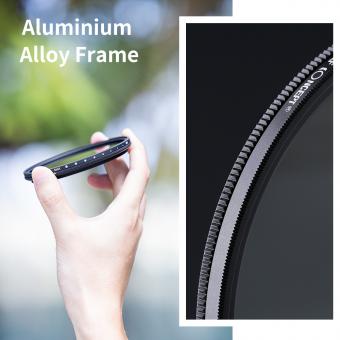
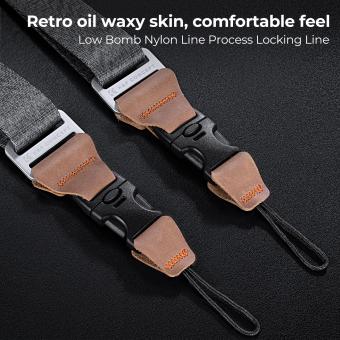


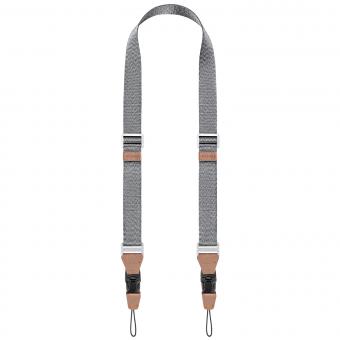


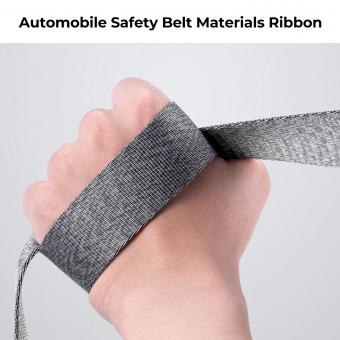


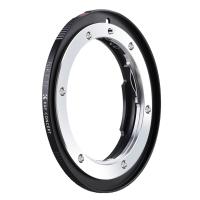



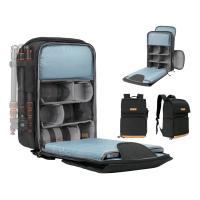




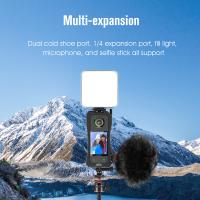






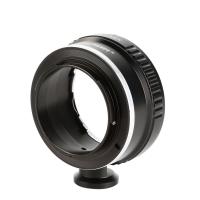

There are no comments for this blog.